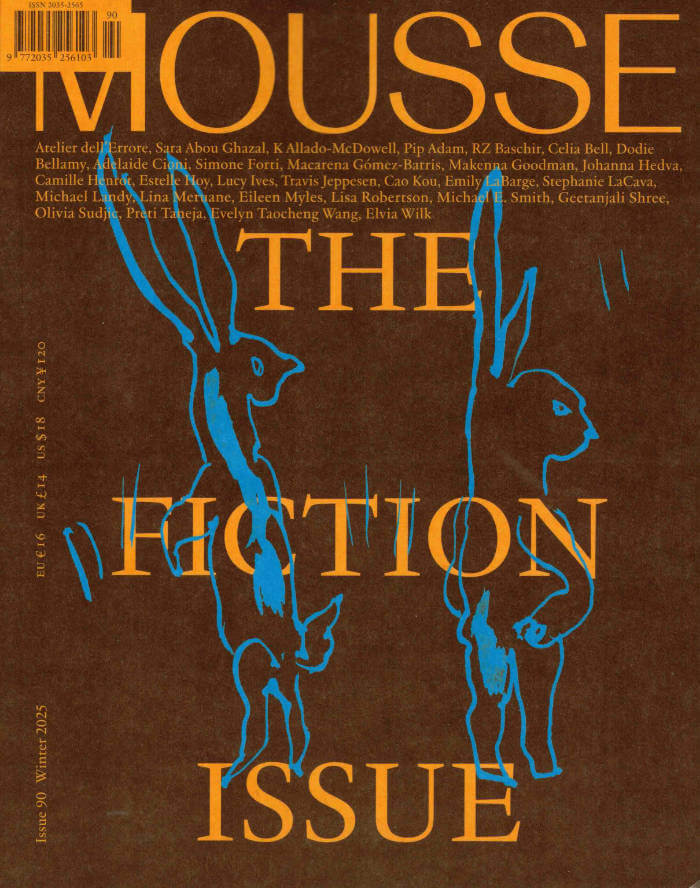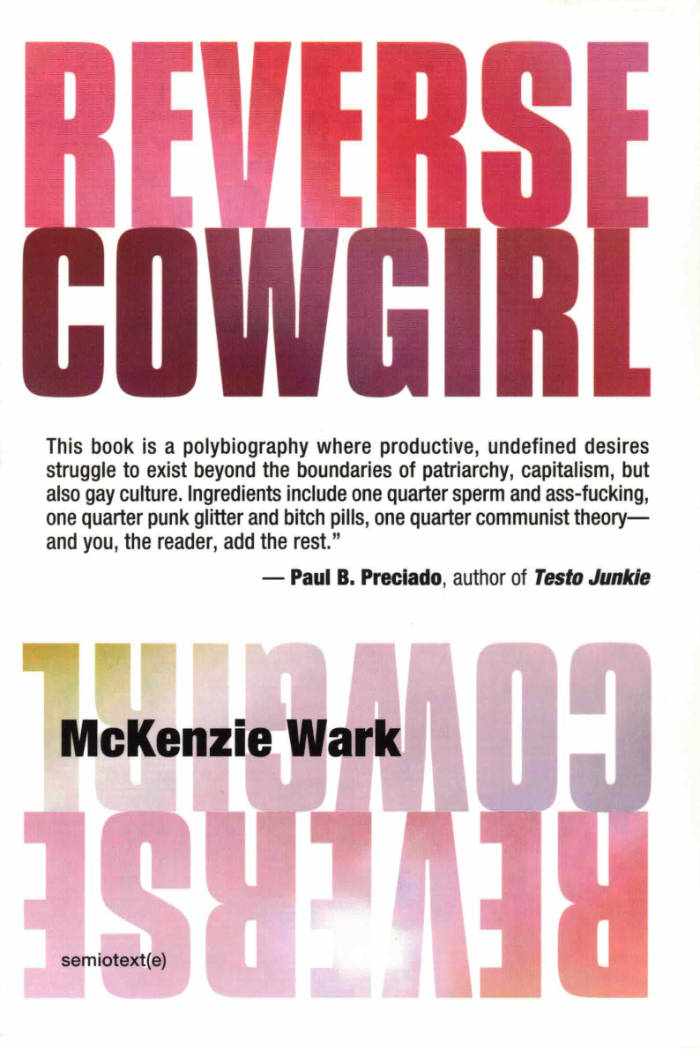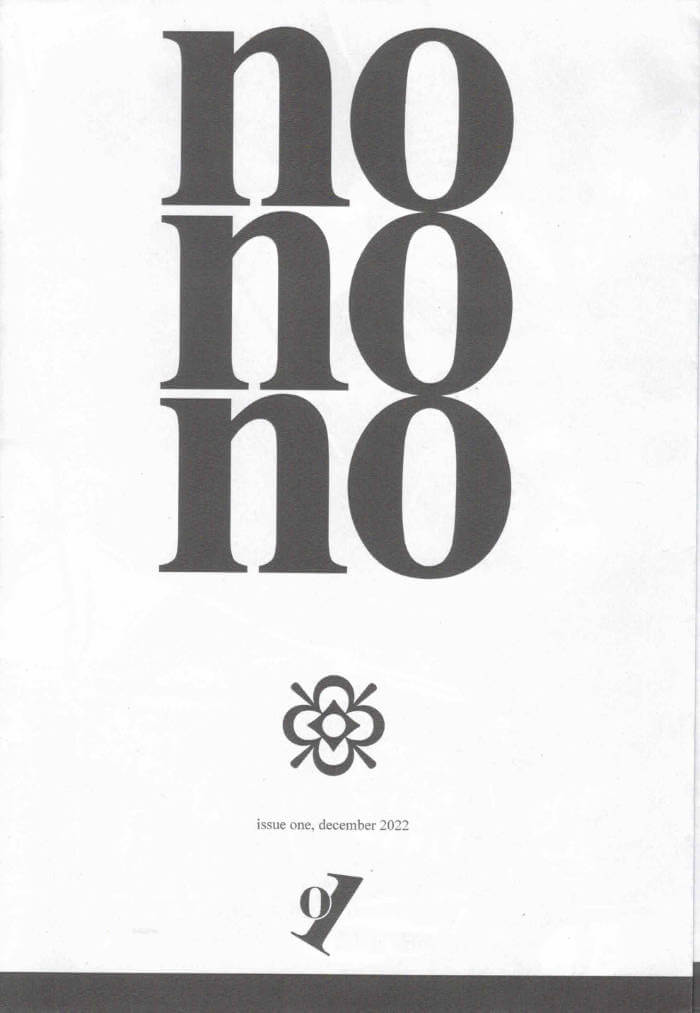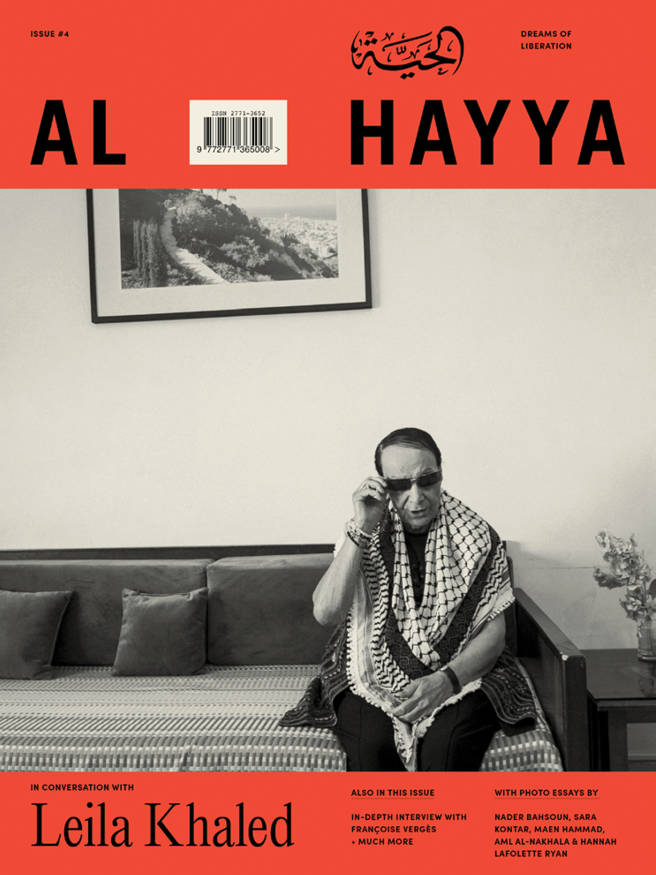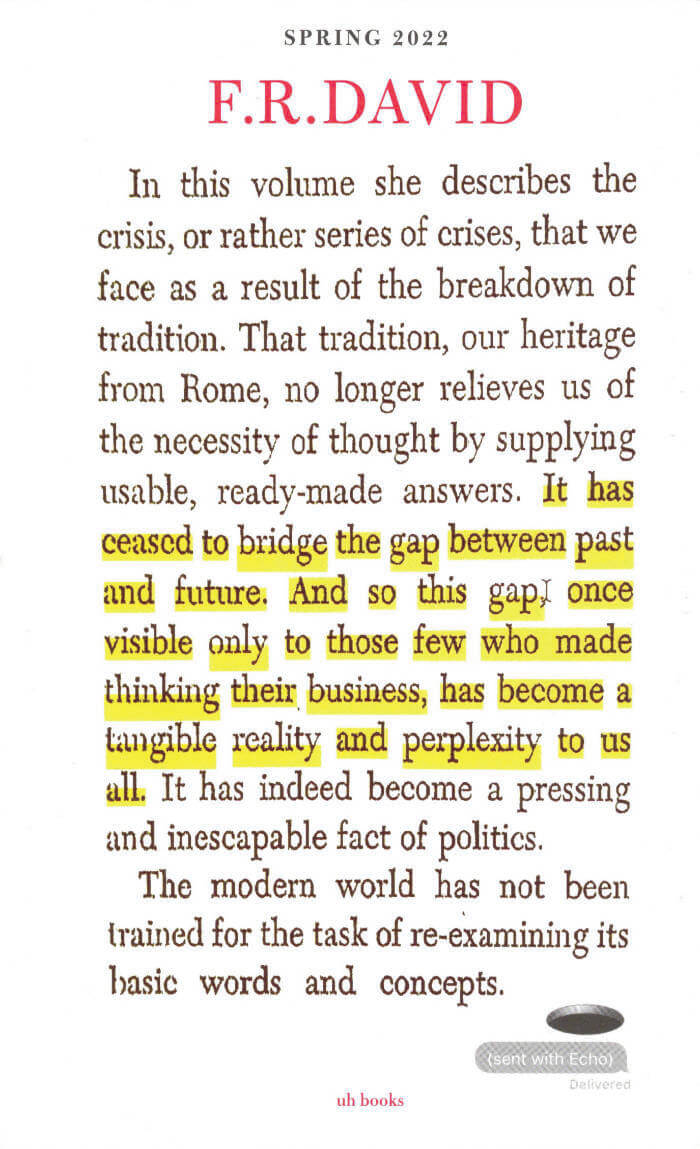
Spike #73 – Vulnerability
Rita Vitorelli ed.
To live means to be exposed, to be vulnerable, and seek safety. But what if we give up control and don't try to cover the wounds any more? Could we ultimately transcend to openness? This is one of the core questions Spike asks in its autumn issue. From the imperfections of the body to automated text generators, from poor images to pop stars. Spike #73 is about art's soft underbelly, why writing in first person is a risk, why humans fear each other, and grappling with grief, paranoia, and intoxication. Let's find out what happens if we take off our shells.
With contributions by: McKenzie Wark, Marlene Dumas, Tosh Basco, James Richards, Raimundas Malašauskas, Joanna Walsh, Kandis Williams, Mire Lee, Gustav Metzger, Rob Horning, Tea Hacic-Vlahovic, Constance Debré, Luca Lo Pinto, Simone Forti...

